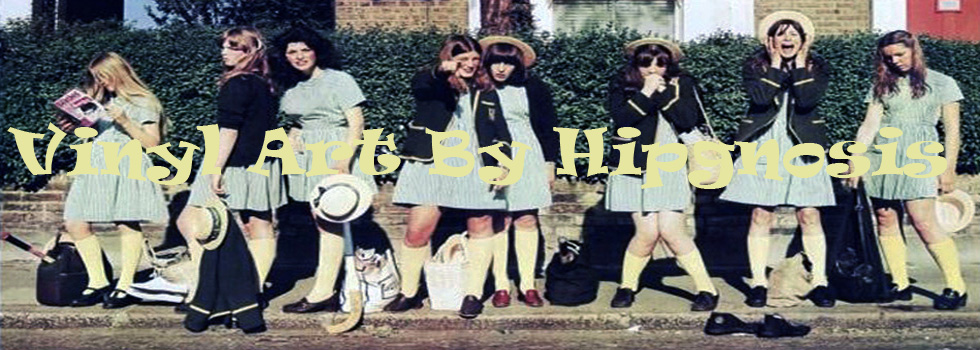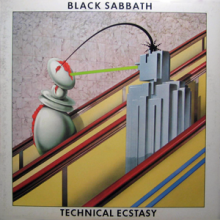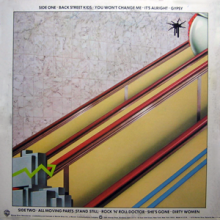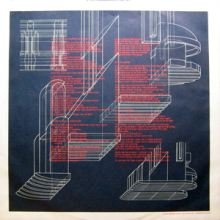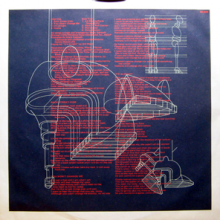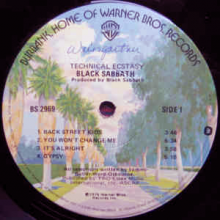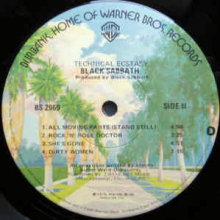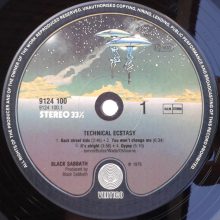Biography
Black Sabbath were an English rock band, formed in Birmingham in 1968, by guitarist and main songwriter Tony Iommi, bassist and main lyricist Geezer Butler, singer Ozzy Osbourne, and drummer Bill Ward. Black Sabbath are often cited as pioneers of heavy metal music. The band helped define the genre with releases such as Black Sabbath (1970), Paranoid (1970) and Master of Reality (1971). The band had multiple line-up changes, with Iommi being the only constant member throughout its history. Formed in 1968 as the Polka Tulk Blues Band, a blues rock band, the group went through line up changes, renamed themselves as Earth, broke up and reformed. By 1969, they had named themselves Black Sabbath after the film Black Sabbath starring Boris Karloff, and began incorporating occult themes with horror-inspired lyrics and tuned-down guitars. The band’s first show as Black Sabbath took place on 30 August 1969, in Workington. https://en.wikipedia.org/wiki/Black_Sabbath
